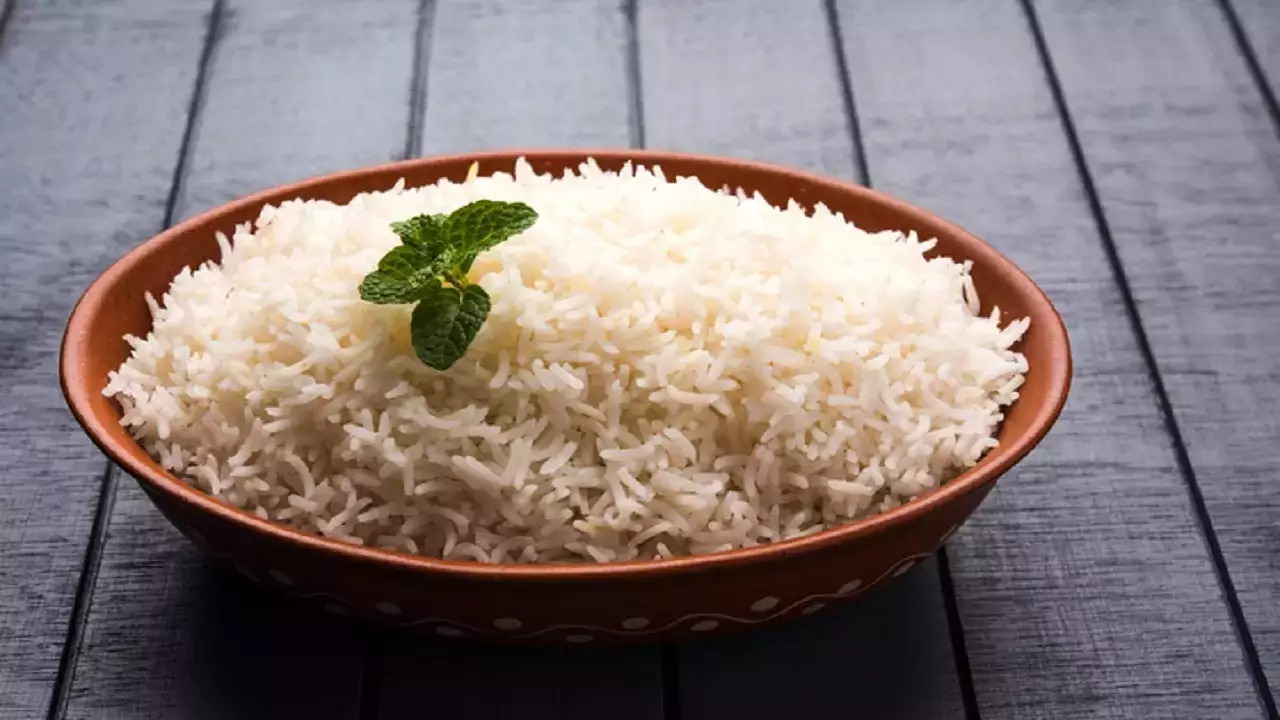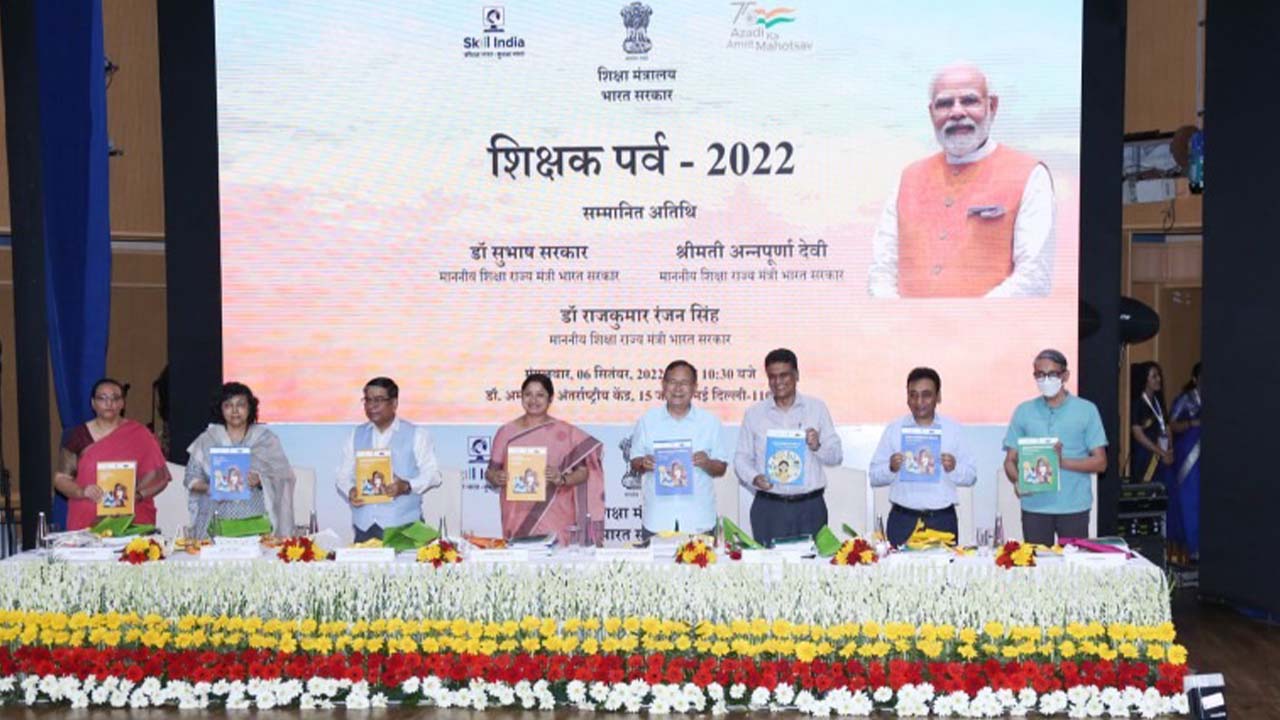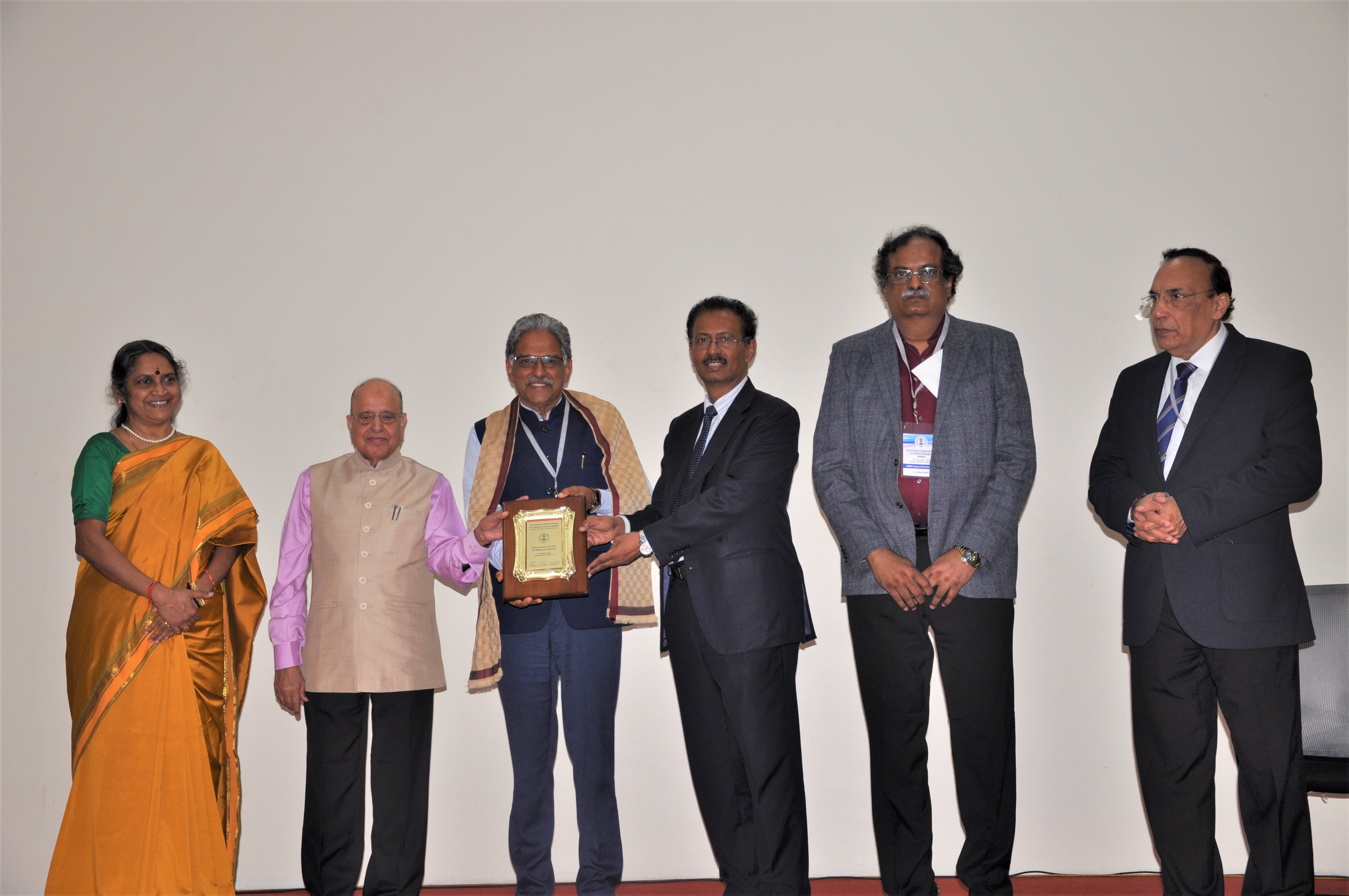Rice holds a prominent place in Indian culture, serving as a staple food for millions across the country. It has been an integral part of Indian cuisine and traditions for centuries. White rice, specifically, has played a significant role in shaping the culinary heritage and dietary habits of the Indian population. Its versatility, comforting taste, and numerous health benefits have made it a beloved grain in Indian households. Derived from the removal of the outer husk, bran, and germ layers of rice, white rice undergoes a refining process that results in a polished and uniform appearance.
Benefits of White Rice
1. Rich in Energy: White rice is a great source of carbohydrates, which are essential for providing the body with energy
2. Gluten-Free: white rice is gluten-free, making it suitable for individuals with gluten intolerance or celiac disease.
3. Low in Fat and Cholesterol: White rice is naturally low in fat and cholesterol, making it heart-friendly.
4. Easily Digestible: white rice, is often recommended for individuals with digestive issues or those recovering from illnesses
5. Nutrient Enrichment: Although white rice undergoes milling and polishing, it still retains various essential nutrients.
It's important to note that while white rice provides energy and certain nutrients, it is relatively low in fibre compared to brown or whole-grain rice. Including a variety of other whole grains, fruits, vegetables, and proteins in your diet is essential to maintain a well-rounded and nutritious eating plan.
Nutrition Facts of White Rice (per 100g serving):
- Calories: 130
- Carbohydrates: 28g
- Protein: 2.4g
- Fat: 0.3g
- Fiber: 0.4g
- Calcium: 10mg
- Iron: 0.4mg
- Magnesium: 12mg
- Potassium: 35mg
- Vitamin B1 (Thiamin): 0.1mg
Best Time to Eat White Rice
In Indian cuisine, white rice is typically consumed during lunch or dinner as the main carbohydrate component of a meal. It is often paired with various curries, vegetables, lentils, or meat preparations. The timing of rice consumption varies among different regions and cultural practices. Some people prefer to eat rice during the day, while others consume it in the evening.
White rice is a staple food enjoyed by millions of people around the world. With its mild flavour and soft, fluffy texture, white rice serves as a blank canvas for a wide range of dishes. It is a versatile ingredient that pairs well with a variety of flavours, making it a popular choice in countless cuisines.

 Exploring the rich significance of white rice in the Indian population along with its nutritional values.
Exploring the rich significance of white rice in the Indian population along with its nutritional values.



















.jpeg)






.jpg)




.jpg)





.jpeg)
